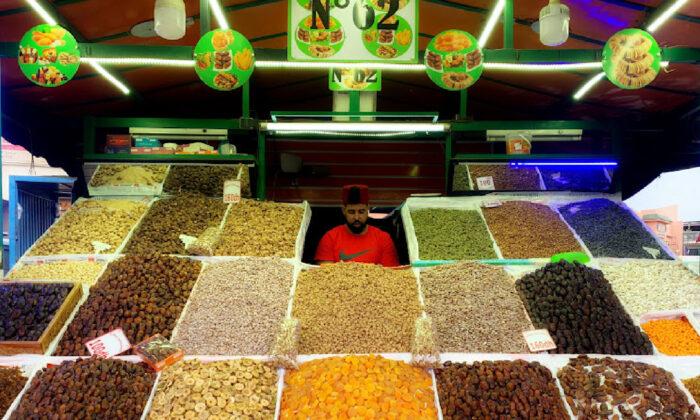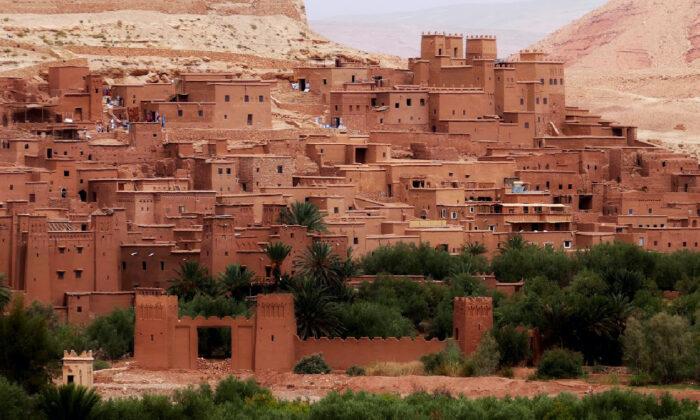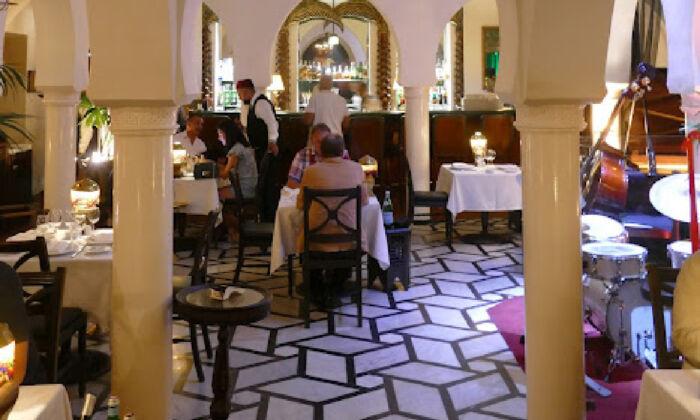During our recent visit to Morocco, my husband and I learned that every city has a distinctive character. There was no chance we'd confuse any two when we got home and looked back on our memories. In Rabat, we saw the palace of King Mohammed VI and learned how the constitutional monarchy in this country works. In Fez, we immersed ourselves in color and art, and the best word we found to describe Marrakech, Morocco’s fourth-largest city, was “cosmopolitan.”
Our discovery of this phenomenon began the first morning we were in town with a horse-drawn carriage ride to the Majorelle Gardens, a spectacular cactus garden right in the middle of the city that is also home to 15 species of native North African birds. Designed by Jaques Majorelle during the French occupation of Morocco in 1924, the centerpiece is a cobalt-blue structure that now houses a Berber museum and gift shop. Directly adjacent is Villa Oasis, home of the late French fashion designer Yves Saint Laurent and a sister museum to the one in Paris that chronicles his work. The feast that this spot provided for our senses was made even better with a stop at the cafe for a homemade lemonade that we sipped outside in the garden.

It took a whole afternoon to explore the ruins of the 360-room Palais El Badii. Prior to the reign of Saadian Sultan Moulay Abdallah al-Ghalib in the 16th century, the rulers of Marrakech lived in kasbahs, or fortified citadels. When he built this first royal residence he imitated the style of the Alhambra in Granada, taking 15 years to finish. Originally, it was lavishly decorated with Italian gold and marble, hence its name, which means “the incomparable palace.” But after his death, it fell into disrepair and 100 years later was looted by Moulay Ismail to enhance his own palace in Meknes.
Not far away, the 2-acre, 150-room 19th-century El Bahia Palace was a colorful antidote to the devastated Badii with its Andalusian influence and harem quarters, its bright tiles, painted cedar woodwork, and stained-glass windows. With a name meaning “brilliance,” it is actually made up of several riads (houses built around courtyards). Originally built for Si Moussa, grand vizir of the sultan, it was mainly occupied by his son, Bou Ahmed, who rose to power in 1894 and reigned until his death in 1900. It was he who added the lush citrus gardens and splashing fountains visitors enjoy when they come inside. Edith Wharton wrote about the palace in her travelogue titled “In Morocco.”

Also worth seeing was the Koutoubia Mosque, whose 282-foot minaret can be seen from miles away. Non-Muslims aren’t allowed inside, but the edifice is a landmark. To learn more about this world religion, however, one evening our group assembled at the home of a historian who had asked an imam to join us. Through the interpreting professor the religious leader invited us to ask any questions we had about his faith, and we did, coming away with a better understanding of Islam.
The heart of the city is Djemaa El Fna, a square and marketplace in the medina (old town) where snake-charmers, acrobats, dancers, and musicians entertain and souks sell everything from spices and beauty creams to carpets, lanterns, and medicine. This lively scene bustles from early morning to late at night with tables and chairs filling the plaza at dinnertime, when local cooks provide substantial meals at low prices.
Hotel chains from around the world have properties here, among them the French Sofitel, where we stayed. Just down the street, however, was the five-star La Mamounia, once a royal palace and now famous for the movies that have been filmed here and the celebrities who have made it their home away from home. Winston Churchill came here so often to paint that eventually, they named a bar in his honor. Its renowned casino was heavily guarded, but visits to the lobby and gardens were encouraged and free.





